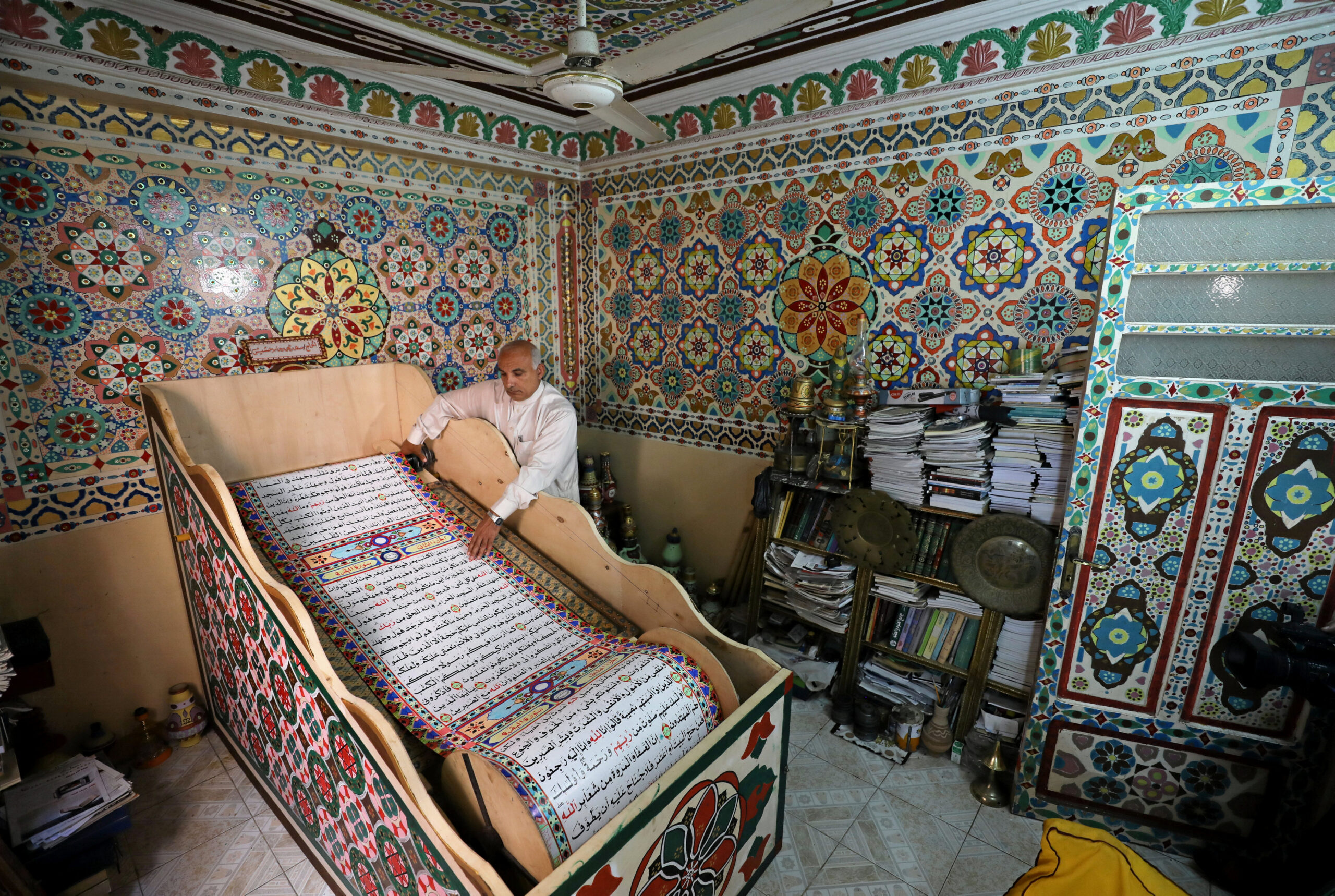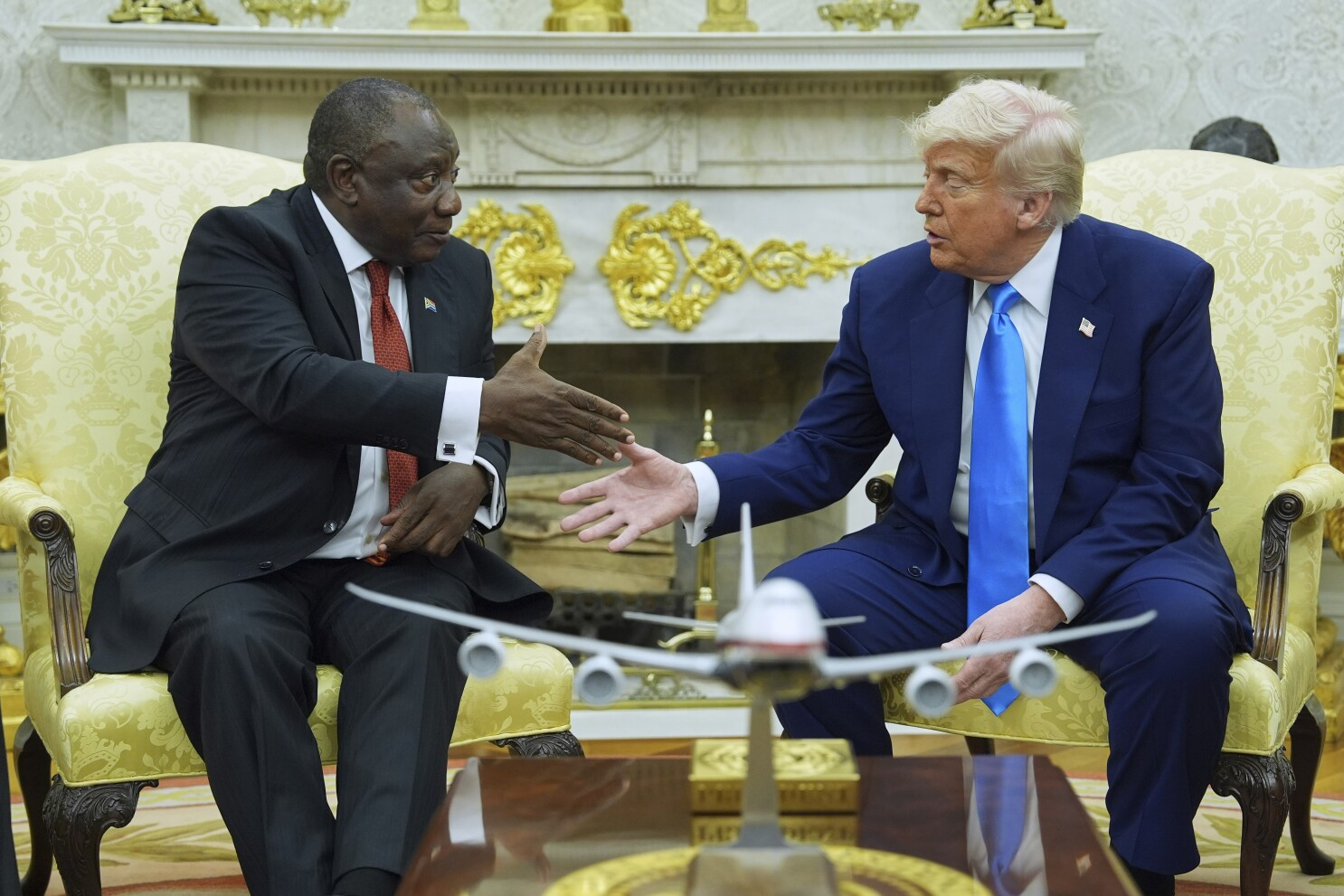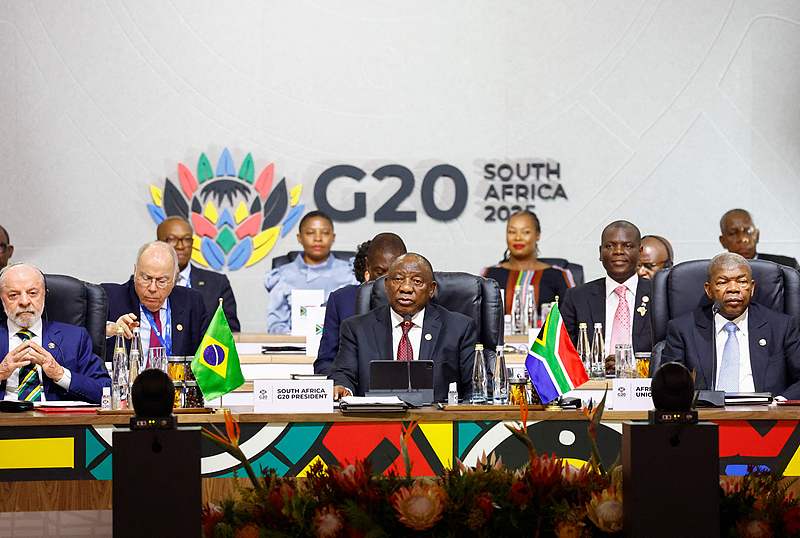
Egyptian creates ‘world’s longest’ Quran by hand

An Egyptian school drop-out turned artist has spent three years creating what he believes is the world’s biggest Quran.
Saad Mohammed’s kaleidoscopic hand-drawn scroll is around 700 metres long, and once unrolled it is almost three-times as tall as South Africa’s 223-metre-high Carlton Centre, the tallest building in Africa.
Inside Mohammed’s artistic home, in the town of Belqina, north of Cairo, hand-painted Islamic motifs feature on the walls and spread up to the ceiling – creating the perfect setting for this potentially record-breaking scroll.
Mohammed believes that his self-funded scroll is long enough to make it into the Guinness World Records, and with no previous set-record for the largest handwritten Quran – the artist might have his name set-in-stone as world record holder, if he can afford the cost of entering.
“This Koran is 700 metres long, and of course that’s a large amount of paper,” he told Reuters TV.
“I self-funded this project for the past three years – and I’m an average person. I don’t have assets or anything.”
Mohammed is currently optimistic that he can receive support from local businesses and governments.
There has only been one notable Quran inclusion in the Guinness World Record Hall of Fame: The world record for oldest Quran was awarded to the Holy Quran Mushaf of Othman, created in 655. Currently owned by the Muslim Board of Uzbekistan, it once belonged to Caliph Othman, who was the third successor to the Prophet Mohammed – it is said that only around half of the original 706 pages have survived and they are kept in Tashkent, Uzbekistan.






